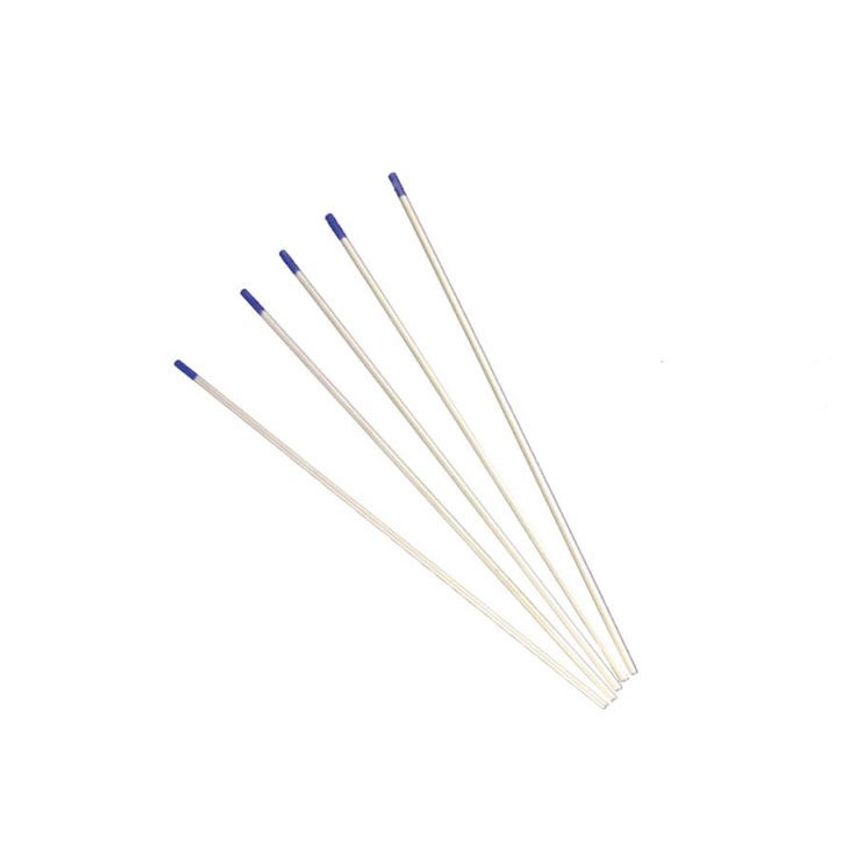Huntingdon Fusion Techniques Argweld Argon Gas Feed Hose Assembly - 5m
Huntingdon Fusion Technique's (HFT) off-the-shelf Argon Feed Hose is available in a variety of standard lengths, including 30m, 25m, 20m, 15m, 10m, and 5m.
Each assembly is crafted to meet high-quality standards and comes equipped with an argon regulator fitting on one end and a 12 mm to 12 mm quick connect fitting on the other end. We also offer a range of alternative fittings, such as hose tails, tailpieces, and various quick disconnect options.
What's In The Box
APBS409 - Coupling, Female Thread 3/8" BSP (to fit cylinder regulator)
APBS412 - Hose Tail 6.35 mm (1/4") ID to suit APBS409
APBS411 - Male threaded tailpiece 1/4" to suit APGV5002
Order APGV5002 to fit to PurgElite, PurgExtra, QuickPurge and HotPurge Inflatable Tube, Pipe and Pipeline Weld Purging Systems.
FAQs
1. Do I have to attach the fittings to the hose myself?
No, the hose comes complete with the fittings crimped onto each end.
2. I require a length of hose not shown on the price list, is this possible?
Yes, contact us with your desired length and they will quote a price.
3. Is there a maximum length?
Yes, 100m is the longest length in a straight run, however longer lengths can be made up with joining connectors.
4. Is the hose stamped with the specification?
Yes, each length of hose is marked in white ink along the length with the specification: Argon Gas Hose BS EN 559 20 Bar (300 PSI) WP-MM.ID.
5. Do you keep good stocks?
Yes, we have hose and all fittings in stock and lengths can be made up quickly by our assembly team.
6. Can I purchase the fittings separately if required?
Yes, all fittings can be bought individually.
7. Does the hose have a British Standard?
Yes, it is BS EN 559.
8. What is the temperature resistance range of the hose?
From -30C up to +80C.
9. Is the hose just for argon?
No, it can also be used for nitrogen.
10. How much does it weigh?
0.16 kgs per metre.
11. What are the dimensions of the hose?
The ID is 6 mm and the OD is 13 mm.
12. What is the maximum pressure rating of the hose?
Working pressure is 300 psi, 20 bar.

























